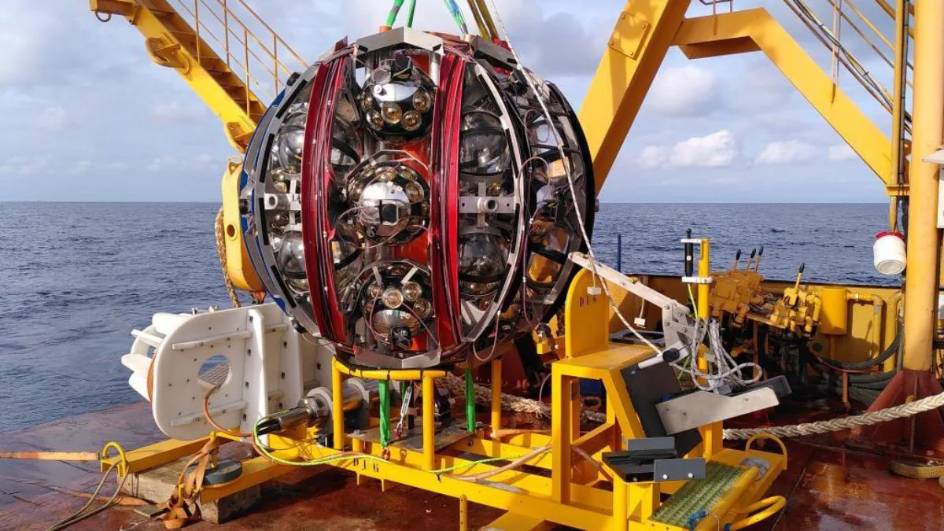Deep-Sea Detector Snags Record-Breaking “Ghost Particle”

Scientists have detected the most high-energy neutrino ever recorded using a deep-sea telescope in the Mediterranean Sea.
This tiny, nearly massless particle, often called a “ghost particle” due to its ability to pass through matter undisturbed, carries 30 times more energy than the previous record holder.
Captured by the KM3NeT observatory – which is still under construction – the neutrino’s immense energy – 220 peta-electronvolts – suggests it originated beyond the Milky Way. Though its exact source remains unknown, scientists believe it may have come from extreme cosmic events like supermassive black holes or gamma-ray bursts.
Neutrinos are usually detected indirectly. In this case, the particle collided with matter, creating a charged muon that emitted a flash of blue light, which researchers used to trace its path. The observation – published on Wednesday, 12 February – marks a major step in neutrino astronomy, hinting that these ultra-high-energy particles may be more common than expected.
With the KM3NeT detector still expanding, astronomers anticipate even more discoveries, potentially unlocking new insights into the most energetic processes in the universe. This detection confirms that we’re on the right track – and may be in for some surprises.
Image Credit: Source





















